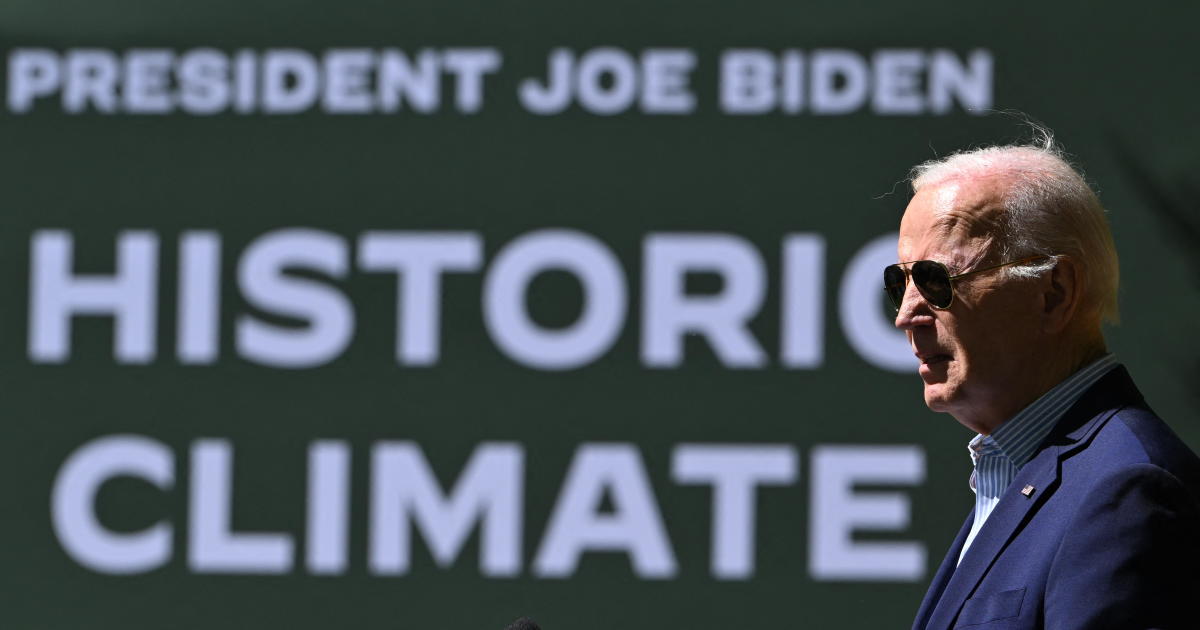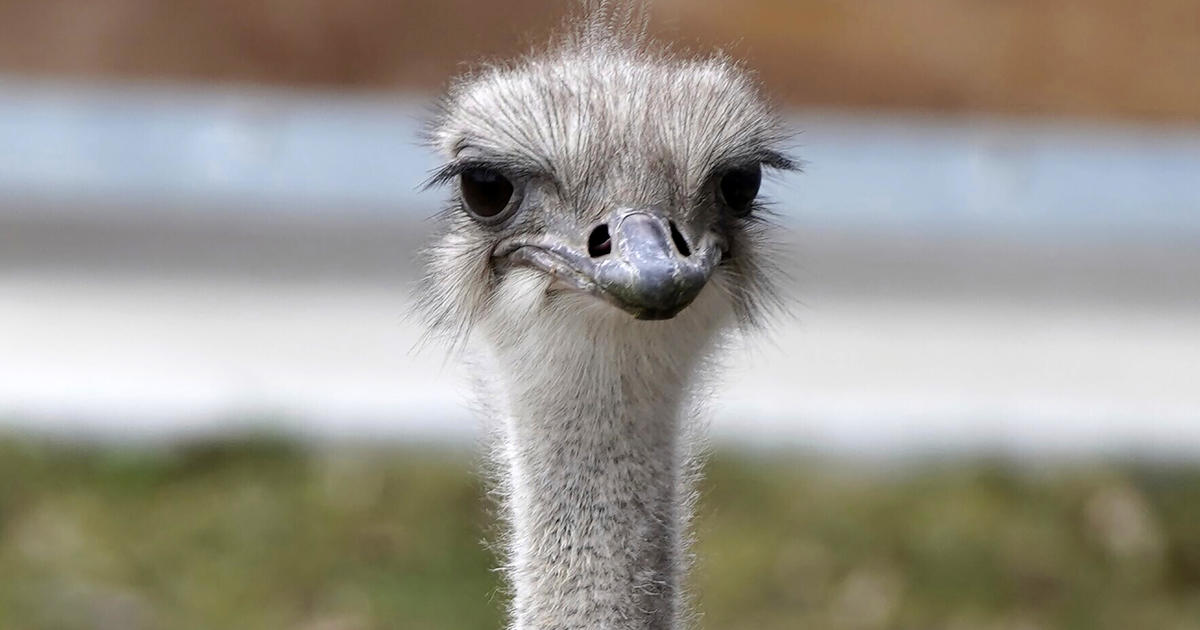FDA advisers vote to simplify COVID vaccines, retire original "monovalent" shots
A panel of the Food and Drug Administration's outside vaccine advisers voted unanimously Thursday in favor of "harmonizing" the initial shots given to unvaccinated Americans with the updated booster shots rolled out last year, in a bid to simplify COVID-19 vaccines.
Once adopted by the FDA and Centers for Disease Control and Prevention, the change could effectively end use of the original "monovalent" shots that were developed initially in the pandemic, aimed at the original strain of the virus.
Booster shots last year were "bivalent," containing components targeting the BA.4 and BA.5 variants. At the time, authorities were wary of switching over the "primary series" shots until more data on its effectiveness was gathered.
Thursday's vote means unvaccinated people could soon effectively skip straight to the bivalent shots that had been given as booster doses over the winter.
"There's some unanswered questions and some things to work out, but I think this is absolutely the right thing to do for the program. It will make things simpler. And I know how we ended up this way, but I think this is a good decision to make and I'm supportive of it," said the CDC's Dr. Melinda Wharton, a member of the panel.
The vote came amid a daylong meeting wrestling over the future of how and whether to update COVID-19 vaccines for future seasons.
"This is a consequential meeting to determine if we've reached a point in the pandemic that allows for simplifying the use of current COVID-19 vaccines, and if it is the moment to implement a more routine approach to periodically updating the strain composition," Dr. David Kaslow, director of the FDA's Office of Vaccines Research and Review, told the panel.
Under a proposal floated by the agency to the committee, most Americans would get one dose a year. Some Americans – including unvaccinated young children and older at-risk adults – would be eligible for two or more doses a year going forward, similar to what is recommended for influenza vaccines.
Ahead of a fall booster rollout by September, the committee would convene annually by early June to decide on changes to the variants targeted by COVID-19 vaccines.
"The goal is not to chase variants. None of us think that's realistic. But I think our experience so far with the bivalent vaccines that we have do indicate that we can continue to make improvements to the vaccine. And that would be the goal of these meetings," the FDA's Jerry Weir said.
Weir stressed that the proposal was a "starting point," and that more data would likely be needed to finalize it. However, manufacturers will soon need guidance on what to submit to greenlight future updates.
The path suggested by the regulator roughly mirrors the process used to update the COVID-19 vaccines last year, as the BA.4 and BA.5 wave began to build over the summer.
The dominant variant today in the United States is the XBB.1.5 strain, a descendant of a different Omicron lineage which has grown in proportion, mostly in the Northeast so far.
Data published Wednesday by the CDC suggests the bivalent vaccines are working as well to protect against XBB.1.5 infections as they were previously against the BA.5 variant they were initially designed to target.
"What we observed is that if a variant has some sort of advantage, that it's generally taken over and swept across the country no matter where it's first detected. And I think there's reasonable suspicion that that will probably occur with XBB.1.5 as well," the CDC's Heather Scobie told the panel.
Executives from Moderna and Pfizer-BioNTech told the committee that they would be able to manufacture new mRNA shots on the timeline laid out by the FDA.
However, that may be too late for traditional vaccines like Novavax to be revised in time for the fall. Strains for the annual flu vaccines are picked out months earlier, in February, to give companies enough time to make their shots.
The timing could also be out of sync with the World Health Organization, which has yet to set a schedule for how its committee might try and issue coordinated vaccine recommendations.
At the meeting, Moderna and Pfizer called for a coordinated global effort to decide on vaccine strains to use. However, some at the meeting pointed to variability in where and when variants have surged around the world.
Several also voiced skepticism about the proposed annual cadence for considering potential boosts, as opposed to more or less frequent doses.
"I think we want to do it, and we're not going to know how often to do it," said Dr. Eric Rubin, a member of the committee. "I think it's quite reasonable to think about another one for the fall. I think that's a very good idea. And there is a limit to how often we can change. But I think that for step one, that would be okay. It's hard to say that it's going to be annual at this point."
Previous waves of the virus so far have mostly peaked typically twice a year, once around the summer, and then later at a worse level during the winter.
"I think we also see the potential advantages to the winter seasonality with a fall campaign," said the FDA's Dr. Peter Marks. "Because when do we have to worry about the worst overwhelming of the hospitals? It will be when we have influenza, RSV, and potentially COVID at the same time."



